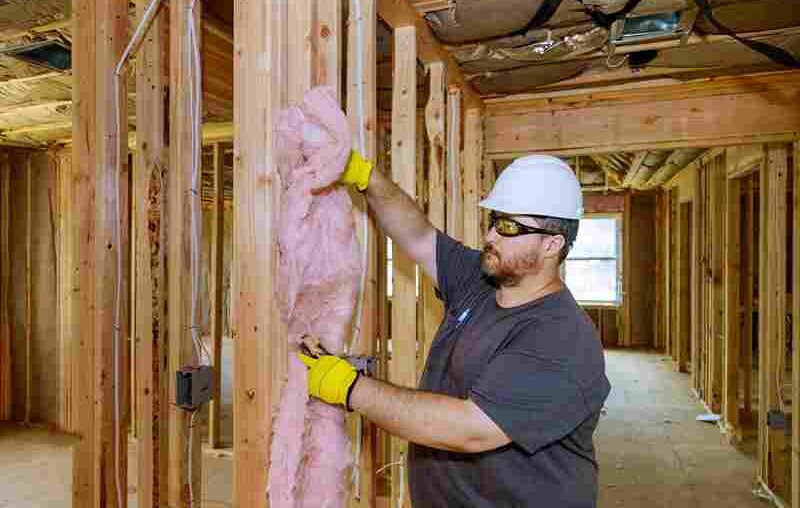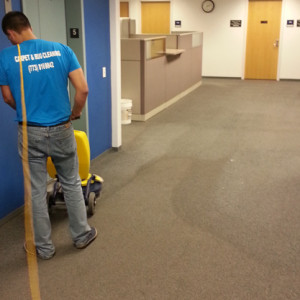Insulation plays a vital role in maintaining a comfortable and energy-efficient home. In Sydney, where temperatures can vary significantly between seasons, proper insulation helps keep homes cooler in the summer and warmer in the winter. Unfortunately, many homeowners make mistakes when installing insulation, which can lead to inefficiencies, higher energy bills, and even potential damage to the property. To ensure your insulation works effectively, avoiding these common pitfalls is important.
1. Not Choosing the Right Type of Insulation for Your Home
Sydney’s diverse climate, with hot summers and cool winters, requires insulation materials that can handle temperature fluctuations and provide optimal thermal performance. One of the most common mistakes is selecting the wrong type of insulation for a specific home area.
Fiberglass Batts are often used in walls and ceilings because they are affordable and relatively easy to install. However, spray foam insulation might be a better option for irregular spaces, such as attic rafters or wall cavities. Spray foam expands to fill gaps and seals air leaks effectively, providing superior thermal resistance.
On the other hand, cellulose insulation made from recycled paper products is another great option for areas like attics or between floors in homes that need an eco-friendly alternative.
Understanding which insulation works best for each area of your home is crucial. Materials that resist moisture accumulation, like spray foam, should be considered in Sydney’s coastal areas, where humidity levels are higher. Installing the wrong insulation can lead to underperformance, causing your home to become less energy-efficient and more expensive to heat or cool.
2. Failing to Seal Gaps and Cracks Properly
One of the biggest mistakes homeowners make when installing insulation is not properly sealing all gaps and cracks around windows, doors, and other penetrations. Even if the insulation is installed correctly, air leaks can significantly reduce its effectiveness.
In Sydney, where the climate can be particularly hot during summer, failing to seal these gaps can allow cool air to escape, forcing your air conditioning to work harder and increasing energy consumption. Conversely, warm air may escape during the winter months, leaving your home chilly and uncomfortable.
The solution is simple: Before installing insulation, thoroughly inspect your home for any gaps or cracks. Use caulking or foam sealant around windows, doors, and other openings to ensure no air can leak through. Older homes in Sydney may require extra attention to areas where materials have settled or deteriorated.
3. Compressing Insulation During Installation
Insulation materials work by trapping air, which helps to maintain temperature control within your home. Compressing insulation materials during installation, whether by forcing them into spaces that are too small or stepping on them, can decrease their effectiveness.
In fact, compression reduces the R-value (thermal resistance) of insulation, meaning it won’t do as much to keep your home warm in winter or cool in summer. Many homeowners try to cut corners by forcing batt insulation into wall cavities, which can lead to gaps and weak spots, diminishing the overall performance.
To avoid this mistake, always ensure your insulation material fits snugly into the intended spaces without compressing it. If you’re using batt insulation, check the thickness is maintained throughout the installation. For spray foam or blown-in insulation, ensure the material is applied evenly and not overly packed.
Also Read: Summersible Slot insulation
4. Ignoring Ventilation Requirements
In Sydney, where humidity can be high, ventilation is crucial to maintaining the effectiveness of your insulation. Many homeowners install insulation without considering the importance of airflow, which can result in moisture buildup that reduces the material’s performance.
In attics, for example, inadequate ventilation can cause condensation, dampening insulation and creating ideal conditions for mold growth. Without sufficient airflow, your home could experience issues with mold, especially in older Sydney homes with poorly designed ventilation systems.
To prevent this, installing roof vents or soffit vents is essential to allow air to circulate freely. Baffles should also be installed in attic spaces to ensure the insulation doesn’t block airflow from the vents. By maintaining a balance of insulation and ventilation, you’ll ensure your insulation’s longevity and performance, keeping your home energy-efficient and comfortable throughout the year.
5. Skipping Vapor Barriers When Necessary
Vapor barriers are an essential insulation component, especially in Sydney’s humid climate. These barriers prevent moisture from migrating into the insulation material, which could lead to mold, mildew, or reduced thermal performance. Skipping this step can result in insulation becoming damp and losing its effectiveness.
In areas like basements or crawlspaces, where moisture is more prevalent, vapor barriers are crucial to keeping your insulation dry and functional. Without a vapor barrier, moisture could condense on cold surfaces, damaging the insulation and the underlying structure.
To avoid this mistake, make sure to use polyethylene sheeting or similar material as a vapor barrier in areas with high humidity. Install it directly against the surface to prevent moisture from seeping into the insulation.
Conclusion
Proper insulation installation in Sydney is key to a comfortable, energy-efficient home, especially considering the city’s varied climate. By avoiding these common installation mistakes—choosing the wrong insulation, failing to seal gaps, compressing the material, neglecting ventilation, and skipping vapor barriers—you’ll ensure that your home remains well-insulated and energy-efficient year-round. With a bit of careful planning and attention to detail, your insulation will perform as intended, saving you money and improving your home’s comfort.


